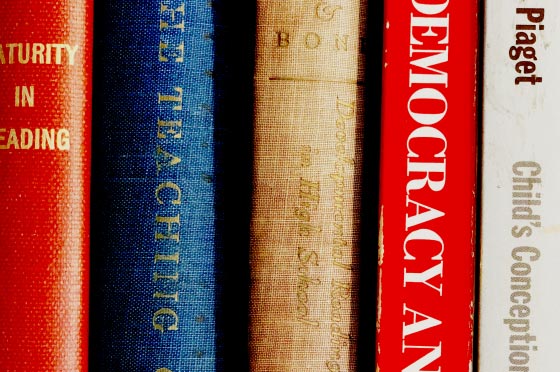1.2 Some Foundations – Social & Scientific
The first section begins with a look back over the last 150 years to some of key antecedents especially the influence of psychological studies of reading and the connections to German psychologist Wilhelm Wundt and William James in the US who mentored some of west’s leading reading scholars. You will be introduced to Edmund Huey who wrote the first textbook focused on Reading Research and the authors of the first reading tests. Plus, you will be alerted to the dominant influence of behaviourism and measurement that persists somewhat today. The depiction of the enculturated reader attempts to capture an imagined reader befitting the emphases during this period.

Enculturated Reader
How we engage with text and how we are taught to respond to text is not insignificant. The text we read may involve reading people and our worlds—including theirgeologies, climates,or currents.Our lives involve the constant reading of circumstances.We read nature (e.g.,weather, landforms, and all forms of life) as we contemplate what is happening, address our needs and make and our plans.We read others as we negotiate with groups and individuals in relation to everyday events, trade in ideas or goods,or contract legal matters.Oftentimes this readinginvolvesprint or the images that we use to record worlds realistically, impressionistically,or abstractly.It might represent various forms of poetry, prose, reflections, records,or legal contracts.
Reading Research 1900-1950
There is always a danger of essentializing—of selecting events, trends,and other developments that fit your interest in supporting certain themes that you see in the foreground. I suspect that they never existed as neatly packaged as I might portray them across the last century,especially through the 1950s. Certainly I know that they did not exist in neatpackages over the last sixty years,as I lived through them.
For better or worse, traces, if not strands, tied to this early work continue today. In some areas (e.g.,eye movement research), later research extended many of these early findings. In other areas, modern-day extensions of this work persist despite the existence of work that could be viewed as challenging the frameworks they perpetuate. For example, some would suggest that the same early testing regimens are still in practice despite major shifts in curricula, reading practices,and the technology of testing.
